
Editor's Note: This story originally appeared on Commodity.com.
As the force that feeds and nourishes the population, agriculture is one of the most vital industries in the U.S. economy. To accommodate the country’s growth over the years, agricultural practices have evolved to become more efficient, capable of reliably meeting the population’s daily needs.
But these efficient practices also come with environmental costs, and many farmers and consumers are increasingly seeking out more sustainable alternatives.
Organic farming is an approach to agriculture that attempts to mimic nature and natural processes when raising crops and livestock.
Rather than using techniques of large-scale industrial agriculture, such as genetic modifications, monoculture farming, and synthetic fertilizers and pesticides, organic farmers seek to conserve biodiversity and natural resources on their farmland.
To identify the states with the most organic farms, researchers at Commodity.com calculated the total certified organic acres operated as a percentage of total farmland in each state. The data used in this analysis is from the U.S. Department of Agriculture.
In the event of a tie, the state with the greater number of organic farms as a percentage of total farms was ranked higher. Only states with available data from the USDA were included in the analysis.
Here are the states with the most organic farms.
15. Ohio
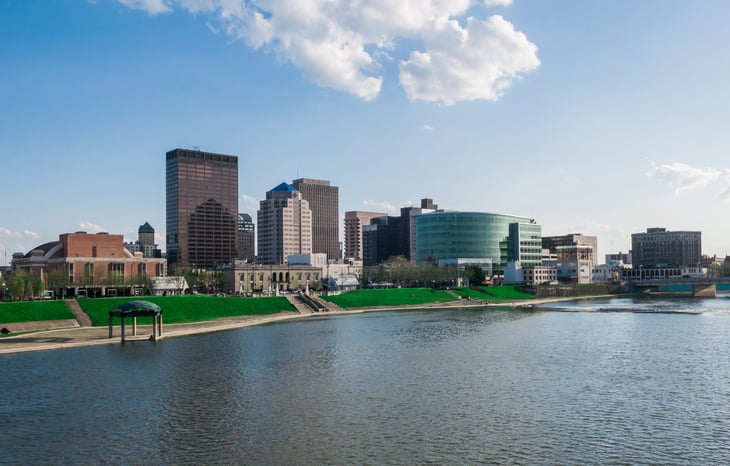
- Organic acreage as a percentage of total: 0.82%
- Organic farms as a percentage of total: 1.01%
- Total organic acreage: 111,920
- Total organic farms: 785
- Total value of organic products sold: $116,999,000
14. Maryland
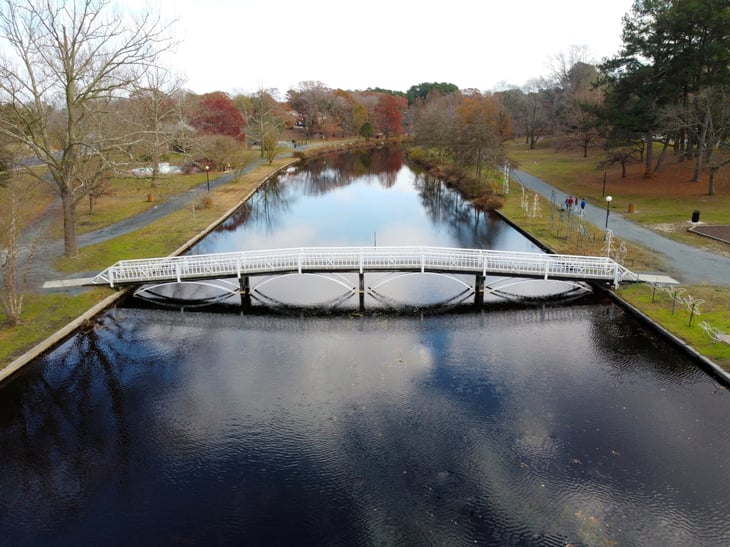
- Organic acreage as a percentage of total: 0.86%
- Organic farms as a percentage of total: 0.97%
- Total organic acreage: 17,196
- Total organic farms: 120
- Total value of organic products sold: $50,080,000
13. Utah
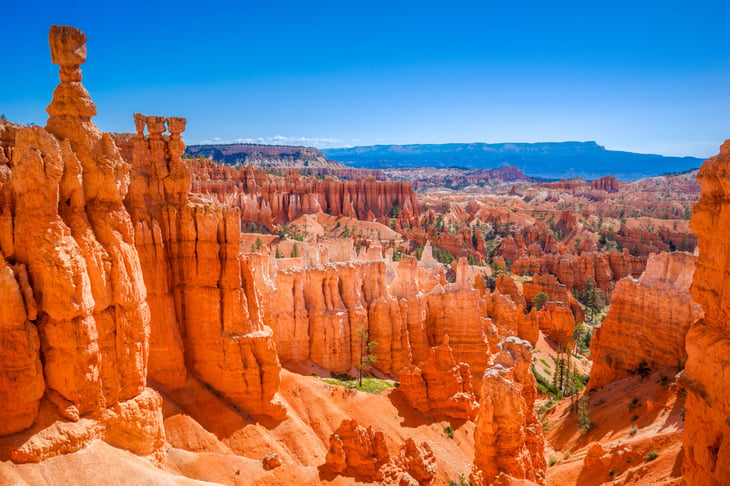
- Organic acreage as a percentage of total: 0.88%
- Organic farms as a percentage of total: 0.27%
- Total organic acreage: 94,591
- Total organic farms: 48
- Total value of organic products sold: $26,903,000
12. Oregon

- Organic acreage as a percentage of total: 1.24%
- Organic farms as a percentage of total: 1.22%
- Total organic acreage: 196,045
- Total organic farms: 455
- Total value of organic products sold: $454,406,000
11. Michigan
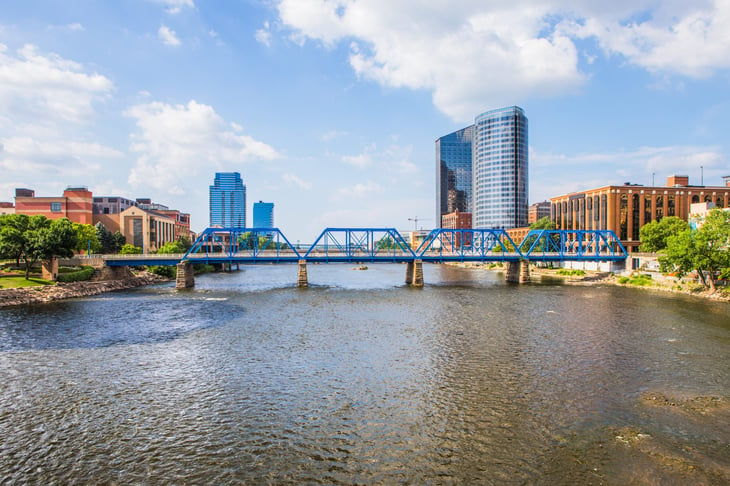
- Organic acreage as a percentage of total: 1.25%
- Organic farms as a percentage of total: 1.15%
- Total organic acreage: 122,253
- Total organic farms: 541
- Total value of organic products sold: $230,955,000
10. Pennsylvania

- Organic acreage as a percentage of total: 1.47%
- Organic farms as a percentage of total: 1.79%
- Total organic acreage: 107,550
- Total organic farms: 944
- Total value of organic products sold: $741,764,000
9. Idaho
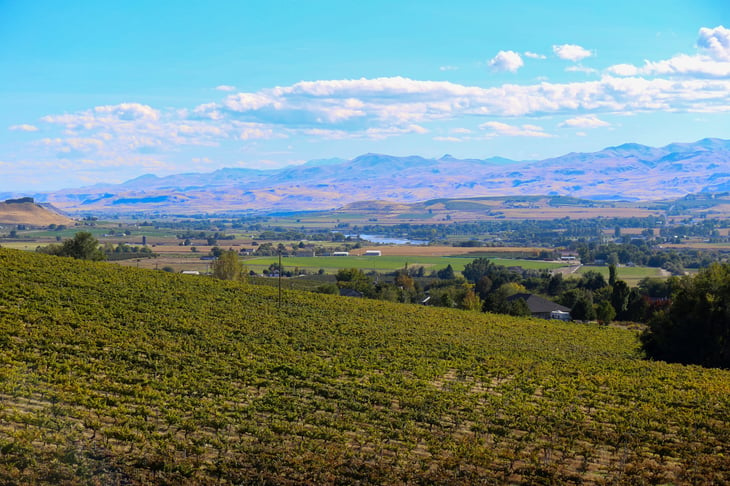
- Organic acreage as a percentage of total: 1.57%
- Organic farms as a percentage of total: 0.98%
- Total organic acreage: 180,732
- Total organic farms: 240
- Total value of organic products sold: $205,968,000
8. Nevada
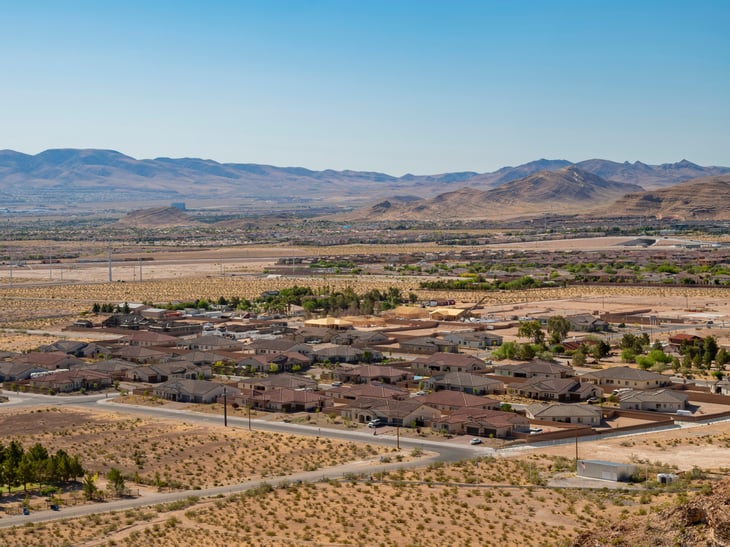
- Organic acreage as a percentage of total: 1.60%
- Organic farms as a percentage of total: 1.19%
- Total organic acreage: 97,868
- Total organic farms: 40
- Total value of organic products sold: $66,803,000
7. Massachusetts

- Organic acreage as a percentage of total: 1.63%
- Organic farms as a percentage of total: 1.85%
- Total organic acreage: 8,170
- Total organic farms: 133
- Total value of organic products sold: $32,895,000
6. Wisconsin
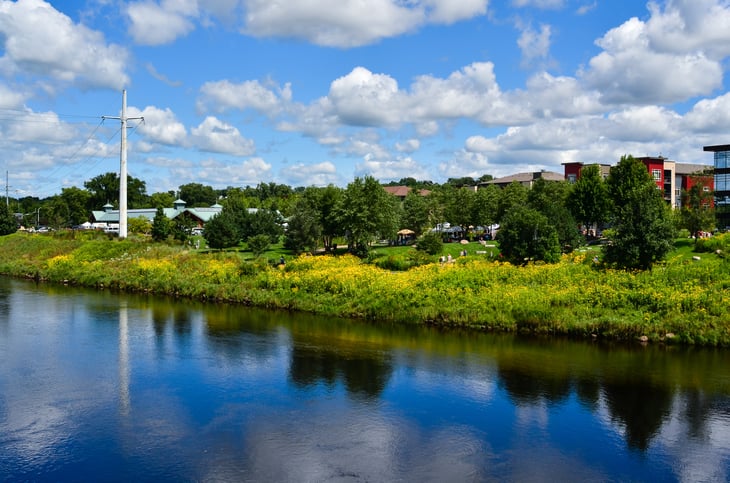
- Organic acreage as a percentage of total: 1.75%
- Organic farms as a percentage of total: 2.10%
- Total organic acreage: 250,940
- Total organic farms: 1,364
- Total value of organic products sold: $268,921,000
5. New Hampshire
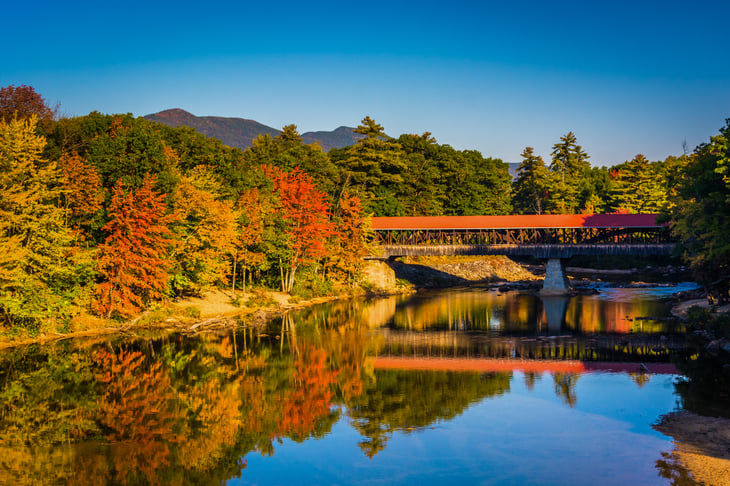
- Organic acreage as a percentage of total: 2.72%
- Organic farms as a percentage of total: 1.95%
- Total organic acreage: 11,708
- Total organic farms: 80
- Total value of organic products sold: $11,274,000
4. California

- Organic acreage as a percentage of total: 3.97%
- Organic farms as a percentage of total: 4.31%
- Total organic acreage: 965,257
- Total organic farms: 3,012
- Total value of organic products sold: $3,596,923,000
3. Maine

- Organic acreage as a percentage of total: 4.25%
- Organic farms as a percentage of total: 6.00%
- Total organic acreage: 55,261
- Total organic farms: 456
- Total value of organic products sold: $63,820,000
2. New York
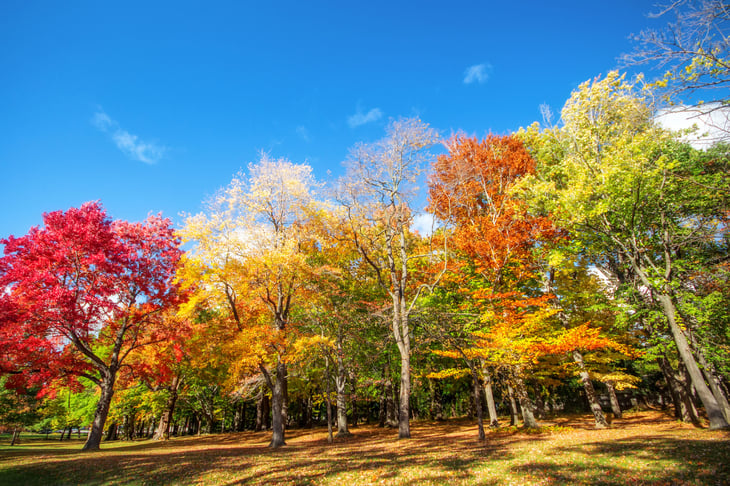
- Organic acreage as a percentage of total: 4.68%
- Organic farms as a percentage of total: 3.96%
- Total organic acreage: 323,081
- Total organic farms: 1,321
- Total value of organic products sold: $298,420,000
1. Vermont
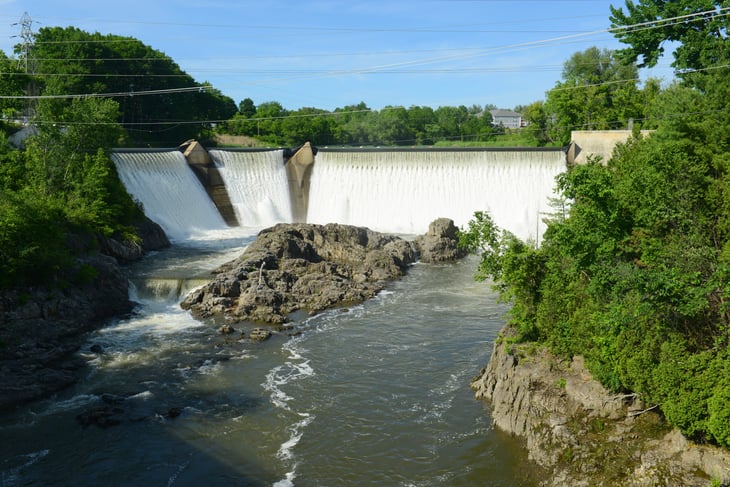
- Organic acreage as a percentage of total: 16.92%
- Organic farms as a percentage of total: 9.63%
- Total organic acreage: 203,002
- Total organic farms: 655
- Total value of organic products sold: $159,742,000
Methodology

The data used in this analysis is from the USDA’s 2019 Survey of Organic Agriculture.
To identify the states with the most organic farms, researchers calculated the total certified organic acres operated as a percentage of total farmland in each state.
In the event of a tie, the state with the greater number of organic farms as a percentage of total farms was ranked higher. Only states with available data from the USDA were included in the analysis.





Add a Comment
Our Policy: We welcome relevant and respectful comments in order to foster healthy and informative discussions. All other comments may be removed. Comments with links are automatically held for moderation.